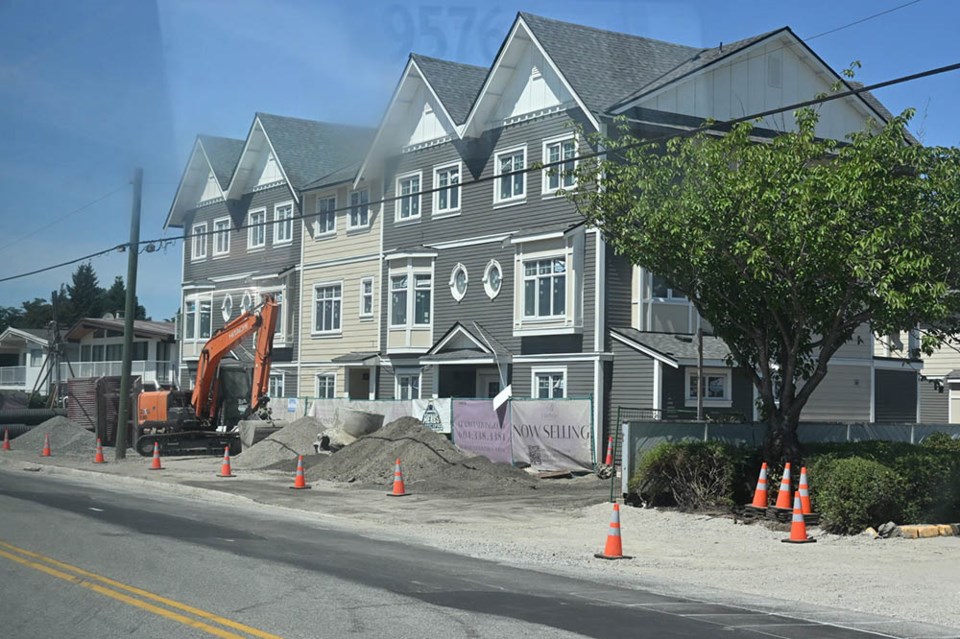Richmond has been placed on the housing “naughty list” as the province pressures municipalities to increase densification.
At this week's committee meeting, Richmond city council was pondering the implications of a recent provincial announcement that added the city to a list of municipalities expected to increase their housing supply to combat the housing affordability and supply crisis.
“We’re now on the naughty list,” said Richmond Mayor Malcolm Brodie.
While housing targets for Richmond haven’t been set yet by the province, city staff told council they are expecting them soon.
They anticipate the target will be 75 per cent of what was identified in a recent housing needs report prepared by the city, that is, about 1,900 units per year.
Several city council members expressed their bewilderment at being placed on this list, with Brodie calling the move “yet another intrusion… on our planning system.”
He noted that about 1,900 units of housing are currently being built in Richmond.
Coun. Carol Day said, while the province is demanding more housing from Richmond, perhaps Richmond should make some counter demands on the province, for example, adding more social housing.
Day noted Rosewood Village, which BC Housing operates, will be redeveloped, but half of the units are planned as market housing.
She further noted the waitlist to get into BC Housing units can be from six to 10 years.
“Maybe it’s time for us to clearly state to them what our needs are and what our targets are for the province,” Day said.
A recent Metro Vancouver housing report stated that between 2022 and 2026, the region needed 230,457 new homes.
But Coun. Andy Hobbs, who quoted these figures in the meeting, said that it is largely market demand that drives housing construction, and not an “edict” from the provincial government.
“Thank you for the edict, but the market is much bigger than that,” Hobbs said. “There’s financial considerations, financing considerations for developers, land costs, personnel costs, material costs, and edicts aren’t helping, and they aren’t helping work it out in a collaborative way.”
Hobbs told the Richmond News what has been helpful in getting housing built is the federally funded Housing Accelerator Fund, which has allowed for more staff, more technology and various processes. Richmond received $35.9 million from this fund.
📣 Got an opinion on this story or any others in Richmond? Send us a letter or email your thoughts or story tips to [email protected].
📲 To stay updated on Richmond news, sign up for our daily headline newsletter.
💬 Words missing in article? Your adblocker might be preventing hyperlinked text from appearing.



